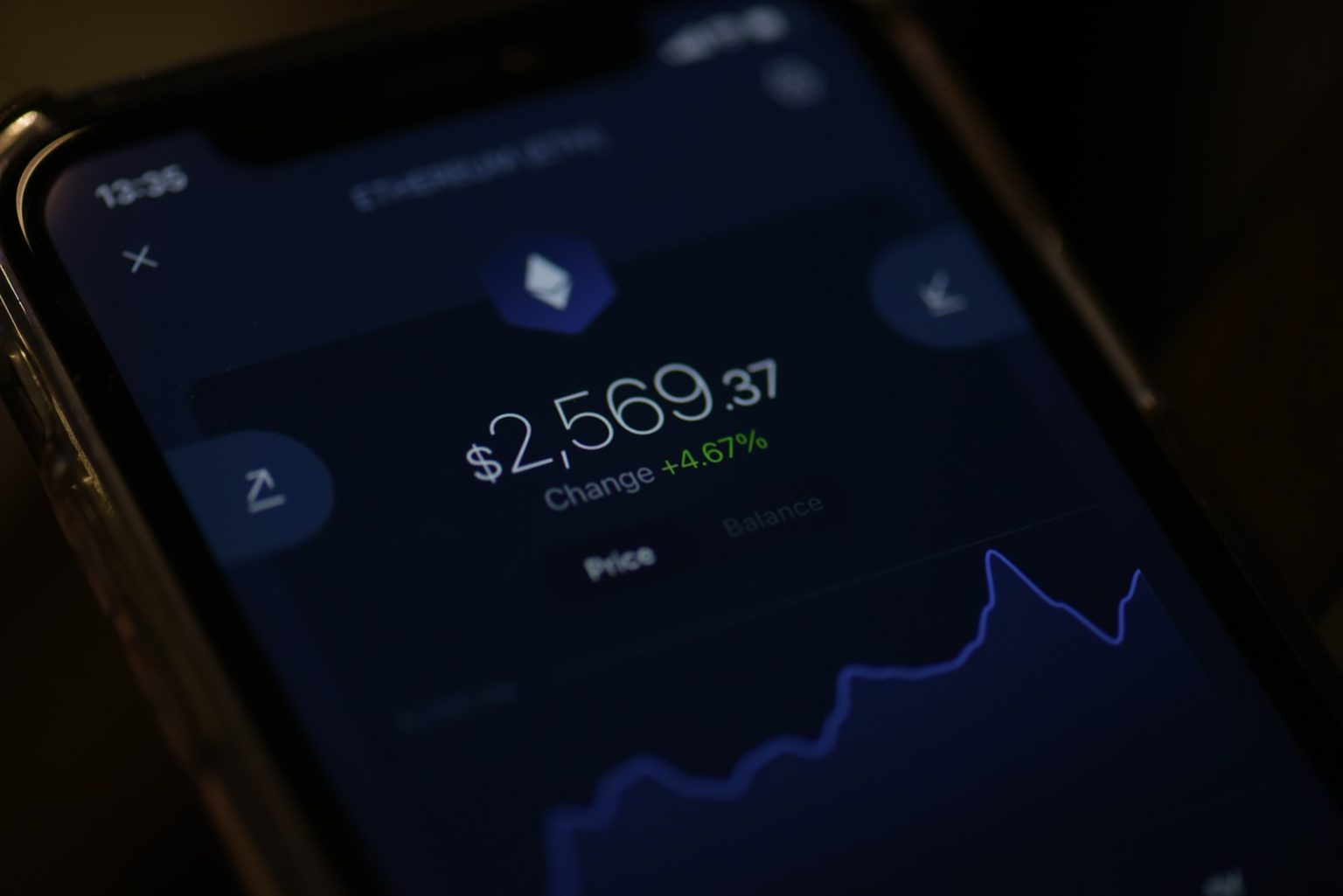The cryptocurrency industry is experiencing a concerning trend as reports emerge of physical violence targeting crypto entrepreneurs and their family members. This year has seen multiple incidents where individuals involved in the cryptocurrency sector have become victims of targeted attacks.
These attacks represent a dark turn for an industry already known for its volatility and regulatory challenges. The targeting of not only the entrepreneurs themselves but also their relatives indicates a calculated approach by perpetrators who may be seeking access to digital assets or attempting to extort victims.
Growing Security Concerns
Security experts note that cryptocurrency holdings present unique vulnerabilities compared to traditional assets. Unlike bank accounts with fraud protection mechanisms, crypto wallets controlled by private keys can be irreversibly transferred if access credentials are compromised through coercion.
The pseudonymous nature of many cryptocurrency transactions makes them attractive targets for criminals seeking untraceable funds. Once digital assets are transferred under duress, recovery becomes nearly impossible, as blockchain transactions are typically irreversible.
Law enforcement agencies across multiple jurisdictions have reported an uptick in cases involving physical threats related to cryptocurrency holdings. These incidents range from home invasions to kidnappings, with perpetrators specifically targeting individuals known or suspected to possess significant digital asset holdings.
Industry Response
The cryptocurrency community has begun implementing enhanced security measures in response to these threats. Industry leaders are advocating for greater privacy regarding personal holdings and encouraging high-profile figures to maintain low public profiles about their crypto wealth.
Security consultants specializing in digital asset protection recommend several precautionary measures:
- Limiting public disclosure of cryptocurrency holdings
- Using multi-signature wallets requiring multiple approvals for transactions
- Implementing duress protocols that can alert authorities if transactions are made under threat
- Storing critical assets in cold storage with geographic distribution
Some cryptocurrency exchanges and wallet providers have also begun offering additional security features designed to protect users from physical threats, including time-delayed withdrawals and geographic restrictions on transactions.
Broader Implications
These attacks highlight the evolving nature of crime in the digital asset space. While much attention has focused on online threats such as hacking and phishing, physical security has emerged as a critical vulnerability for those with significant holdings.
The targeting of family members creates additional complications, as entrepreneurs must now consider the safety of their loved ones when making decisions about their involvement in the industry.
“The intersection of high-value digital assets and physical security vulnerabilities creates a perfect storm for these types of targeted attacks,” noted one security analyst who works with cryptocurrency firms but requested anonymity due to the sensitive nature of their work.
Regulatory bodies have taken notice of this trend, with some suggesting that additional protections may be necessary to safeguard individuals in the industry. However, the global and decentralized nature of cryptocurrency makes comprehensive protection challenging.
As the cryptocurrency market continues to mature, addressing physical security threats will likely become an increasingly important consideration for entrepreneurs, investors, and platform operators. The industry faces the challenge of maintaining its open and accessible ethos while protecting its participants from these emerging threats.
For now, many in the community are calling for increased awareness and cooperation between industry participants, security experts, and law enforcement to develop more effective strategies for protecting vulnerable individuals in the cryptocurrency space.







